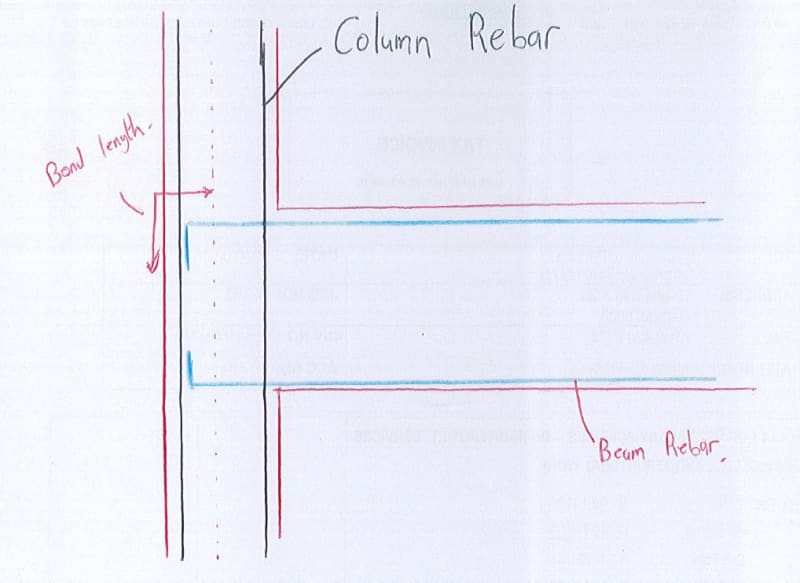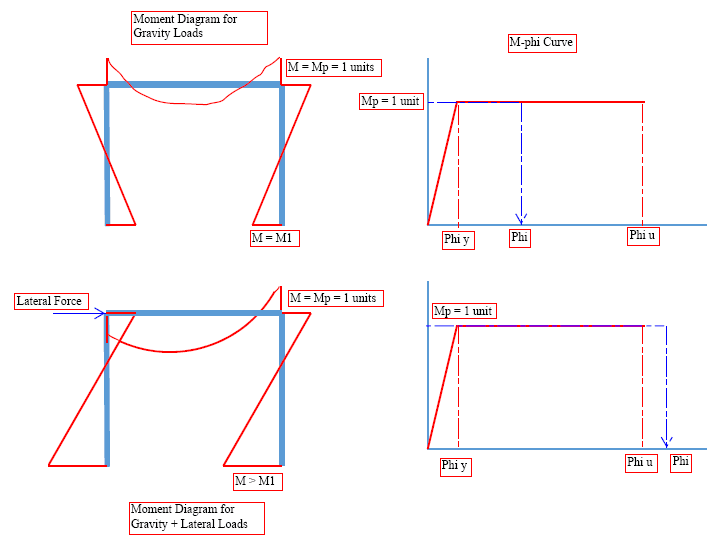SteynvW
Civil/Environmental
- Feb 1, 2016
- 108

Hi All
In the attached picture is a concrete column and beam connection. For the beam design
moments at the end will be ignored and the beam designed as a pinned support at the column.
For the lateral stability, can the negative moment that will be generated/developed by the top reinforcing
over the bond length from the tip of the reinforcing to the center line of the column be used for lateral
stability?

